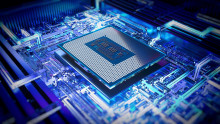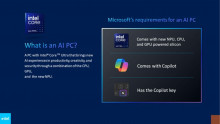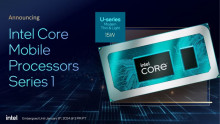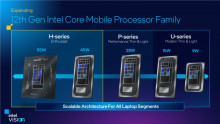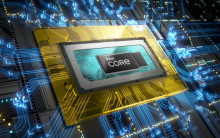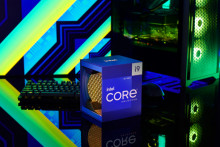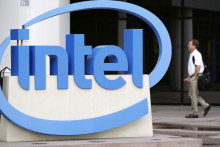Man sick of crashes sues Intel for allegedly hiding CPU defects
One frustrated customer wants to force Intel to pay untold millions in damages, claiming the company deceptively marketed faulty 13th- and 14th-generation CPUs as "enabling amazing experiences to happen on the PC," when instead products were prone to crashes and blue screens.
In a proposed class action, a New York man, Mark Vanvalkenburgh, said that he regretted falling for Intel's marketing of its 13th-gen CPU as "the world’s fastest desktop processor" capable of delivering "the best gaming, streaming and recording experience" available today.














































